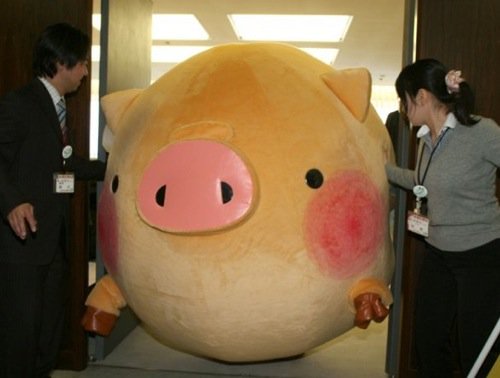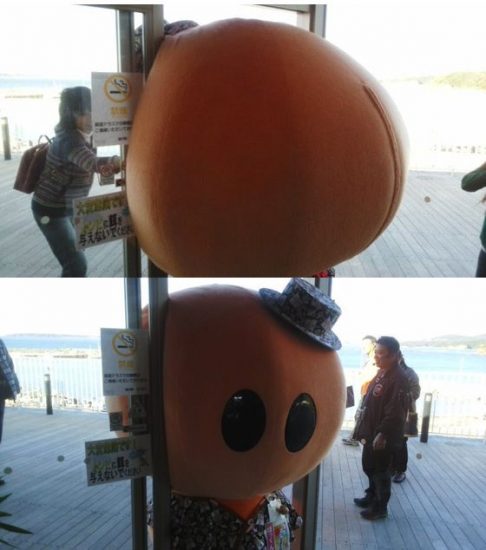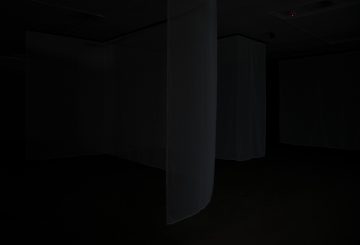Friday Degustation: Such small portions, but very rich…
From the crypt!
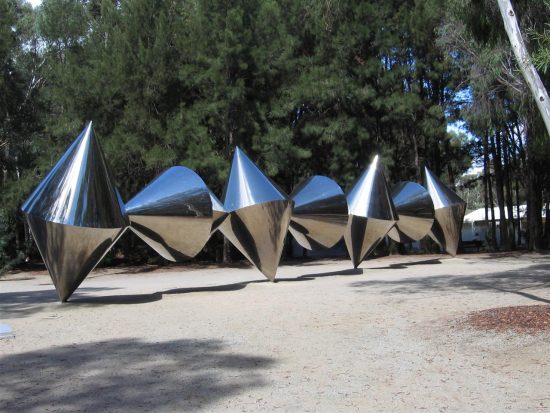
The Art Gallery of NSW is hosting a major online archive of Australian sculptural practice stretching back several decades. The Balnaves Foundation Australian Sculpture Archive Project focuses on significant Australian sculptors and sculptural practice, and features interviews with leading figures [>] “Initiated and led by Deborah Edwards, then the Gallery’s senior curator of Australian art, the project was developed with a grant from the Balnaves Foundation in 2010, which supported the recording and transcription of interviews with artists and other figures in Australian art. These are personal stories, ranging from the interviewees’ backgrounds and childhoods, their training, influences and motivations to their professional practice and artistic ambitions. We discover the challenges they’ve encountered and the lessons they’ve learnt, as well as how they wrestle with questions such as what exactly defines sculpture and art. Along the way, they build a picture of change, in both the art world and the wider world.”
Idris Murphy’s Empyrean
Director Sean O’Brien has forged an ongoing relationship with the artist Idris Murphy, recording the artist’s work and working methods in a series of short interviews and on-location shoots since 2001. Timed to coincide with Murphy’s forthcoming exhibition that opens at Sydney’s King Street Gallery on William on May 14, Empyrean – Scattering of Stars has just been uploaded to Vimeo [>] “In this sneak preview film, Idris talks with characteristic intelligence and humour about the work to be featured in the show, and gives us some insight into his philosophical and creative approach. The film was shot in April 2019 in Idris’s studio in Kurnell in Sydney, just days before the exhibition opening, and Idris is surrounded by his works, some newly painted.”
Tagging walls with words from everyday life
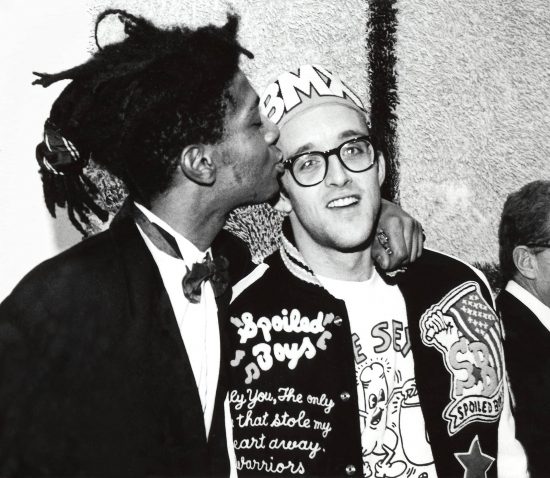
With the the recent announcement of a major exhibition of the work of Jean-Michel Basquiat and Keith Haring at the [>] National Gallery of Victoria later this year, it was fascinating to see the reaction on social media. It seems that many people in the contemporary art world still hold the Robert Hughes line that Basquiat was a no-talent junkie who got lucky with clever promotion and an early death. As we [>] reported in March, Basquiat has been the subject of a major exhibition at the Brant Foundation in New York which has prompted a more nuanced assessment of his work. JSTOR Daily has excerpted Jorge Otero-Pailos’s fascinating academic essay Echoing: How to Situate The New which considers Basquiat’s work as a response to the city environment, akin to a conservator: [>] “Basquiat tagged the walls with words that he gathered from everyday life. Like a conservator, he treated them as artifacts to be documented or returned with the mark of convention… Basquiat often appropriated words by crossing out certain letters in a way that invited the viewer to read and analyze the piece even more. For example, he would make the word “pecho,” or chest, into “echo.” Otero-Pailos writes, “If the medium is the message, then his work is a lesson on how to open up the built environment to its historic possibilities as the raw material of communication.” The process of documentation of a space can often go in two simultaneous directions, Otero-Pailos argues. Conservators bring a space back to its conventional origins through preservation. Artists, on the other hand, sometimes ignore a space’s original nature while creating their additions to it. Basquiat, however, understood both directions in regards to the alterations of an environment. His work as an artist mimicked the work of the conservator by treating the space and environment as artifacts and respecting the original material.”
Return to Earth
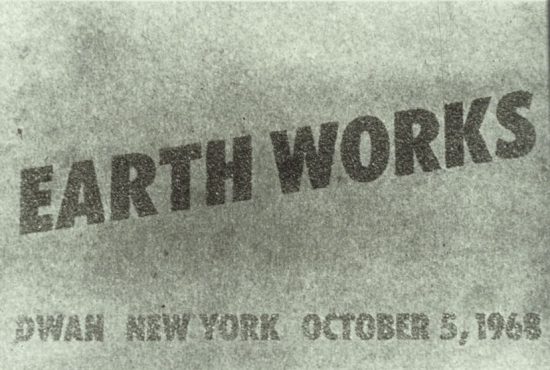
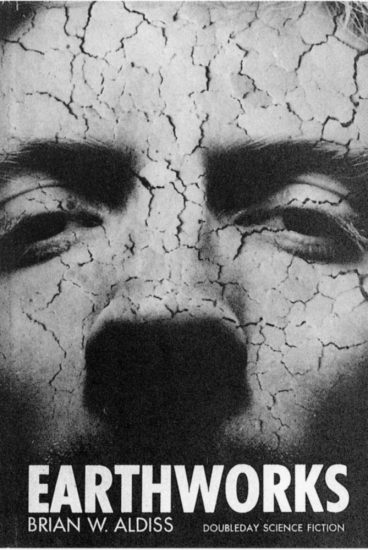
It’s amazing what you can find on the web. While a casual search for ‘Smithson + cutaway’ failed to find an image of a Robert Smithson precursor work to his later giant, site specific pieces, a fascinating article on the relationship between the late artist and the [now] also late science fiction author Brian Aldiss popped up at the top of the search results. Aldiss was an English science fiction author whose 1965 novel Earthworks served as the titular source for Smithson’s then nascent art form. Suzaan Boettger’s Digging into Aldiss’s Earthworks and Smithson’s “Earthworks” traces the links between the two men. While Smithson happily admitted to lifting the title – and wrote about finding a copy of the book at the New York City Port Authority bus station as he set out on his tour of the monuments of Passaic, New Jersey – there was actually a lot more creative invention between the two men, and as Boettger argues, to another author of the British New Wave, J.G. Ballard. [>] “Smithson had affiliated his writing with that of a British science fiction novelist before: the title of his first article published in a periodical, “The Crystal Land” in Harper’s Bazaar May 1966—an account of a jaunt with Donald Judd and their “wives” to a quarry in New Jersey, apparently to appeal to fashionista rock hounds—mirrored that of the J.G. Ballard’s novel published that year, The Crystal World. But it’s notable that those are the only sci-fi writers Smithson referenced, prompting one to speculate whether it was their subject matter he was drawn to or the melancholy tones in which they voiced it. Both Aldiss and Ballard feature situations of privation expressed in resonances of mourning. Ballard, who had suffered the loss of his home as child in China and more recently the death of his wife, was drawn to “auroral gloom” and “mournful wrecks.”9 Aldiss’s, we’ll come to. And Smithson was given to statements such as “Books entomb words in a synthetic rigor mortis, perhaps that is why ‘print’ is thought to have entered obsolescence. The mind of this death, however, is unrelentingly awake.”
“Shit’s not going to change on its own…”
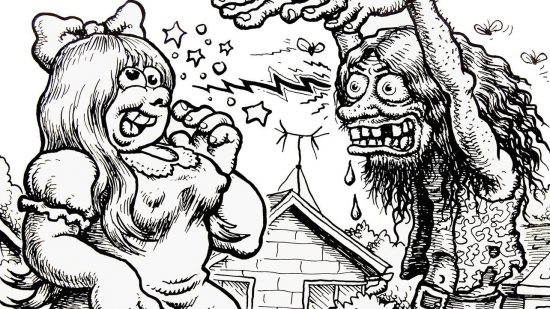
In the wake of the #metoo movement, and the broader reassessment of what constitutes acceptable artistic representation in contemporary culture, the formerly rebelllious icons of the recent past are being rebuffed as dinosaurs of a best-forgotten era. It’s had to think of anyone more right off now than cartoonist Robert Crumb, and it was perhaps inevitable that his status as a great would be questioned, but perhaps not so forcefully. Reason.com reports: [>] “With his first issue of Zap in 1968, Crumb singlehandedly invented a format and sensibility, under the broad label of “underground comix,” that permanently changed how printed cartoon stories are perceived. Along the way, it opened the form to social criticism, history, outrageous satire, and the full range of deeply personal human experience, including the both lightly and darkly sexual. […] [>] But events in the comics world last year served notice that the social-justice re-evaluation currently sweeping comedy, film, and literature has arrived at the doorstep of free-thinking comics. In September, at the Small Press Expo’s Ignatz Awards ceremony in Bethesda, Maryland, Crumb’s successor generation of alt artists let the 75-year-old have it with both barrels. While presenting the award for Outstanding Artist, the cartoonist Ben Passmore, who is black, asserted that “comics is changing…and it’s not an accident.” He lamented the continued industry presence of “creeps” and “apologists,” then called out the godfather by name: “Shit’s not going to change on its own. You gotta keep on being annoying about it.…A while ago someone like R. Crumb would be ‘Outstanding.'” The room erupted with both “ooohs” and booing. “A little while ago there’d be no boos,” Passmore responded. “I wouldn’t be up here, real talk, and yo—fuck that dude.” The crowd burst into applause.”
I’m sorry Dave…

Sometimes the feeling of profound cultural envy is hard to avoid. London’s [>] Design Museum is hosting Stanley Kubrick: The Exhibition a major new show that delves into the late film director’s archive. Featuring sections on the director’s most important works, it includes original props, posters, costumes and storyboards, as well as Kubrick ephemera. “Next to his old director’s chair are shelves stocked with the books he used to research his never-made Napoleon epic, the polite letter Audrey Hepburn sent to turn down the role of Josephine, and the filing cabinet he filled with cards charting every day of Napoleon’s life.” According to Time Out‘s Phil de Semlyen [>] “The attention to detail is mind-blowing – from both director and curators. Improbably, that famous Kubrick perfectionism extended even as far as his bespoke storage boxes on display. ‘Lid to be not too tight, not too loose, just perfect,’ read his instructions, the demands of an auteur Goldilocks. The films themselves are ordered in loose thematic grouping rather than chronological order, so ‘Lolita’ and ‘A Clockwork Orange’, his two controversy magnets, are paired up, and ‘2001: A Space Odyssey’ provides a final showstopper. Look out for Laurence Olivier’s armour from ‘Spartacus’, a scale model of the maze from ‘The Shining’ and at least one giant phallus from ‘A Clockwork Orange’ along the way. It’s sheer heaven for Stan stans, but there’s loads here for design enthusiasts too. Kubrick’s pioneering collaborations with graphic designer Saul Bass, costumier Hardy Amies and set designer Ken Adam each get their due, as does his use of brutalist architecture in ‘A Clockwork Orange’.”
Being rich is awesome
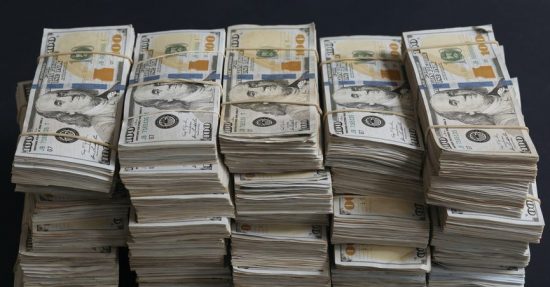
While increased diversity is one of the key aims of the contemporary arts community, it seems that class is still a major factor in deciding who gets to play. As anecdotal evidence has suggested, being rich, or at least well off, has always been a big help in getting access to education, support and promotion. Now that supposition is supported by a study into economic access to a career in the arts. Reports Hyperallgeric [>] “A new study – The Origins of Creativity: The Case of the Arts in the US since 1850 – using census data in the United States since 1850 shows that the creative fields are becoming increasingly — albeit slowly — more diverse. However, the study demonstrates in clear quantitative terms how family wealth is a key factor in the likelihood of uptaking and sustaining an artistic profession. One of the novel contributions of the study is its ability to quantify the correlation between family income and the chances of starting an artistic career. Potential access to familial financial support is a major factor in the decision to become an artist, the study shows. Family income is measured as the total pre-tax money income earned by one’s family from all sources for the previous year, including non-labor income. “Family income is very significant. People from wealthier families are much more likely to become artists,” says Borowiecki. According to the study, every $10,000 in total family income, a person is about 2% more likely to go into a creative occupation.”
Mega City One

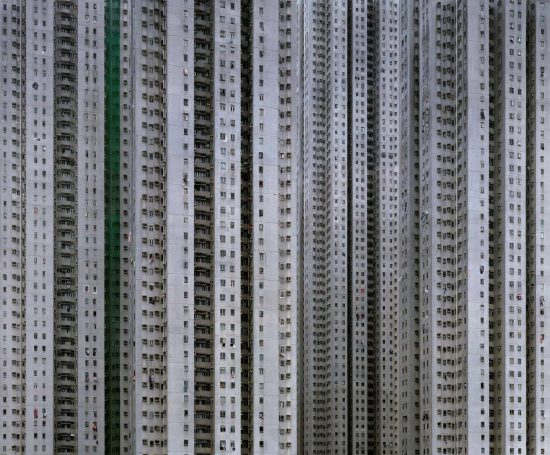

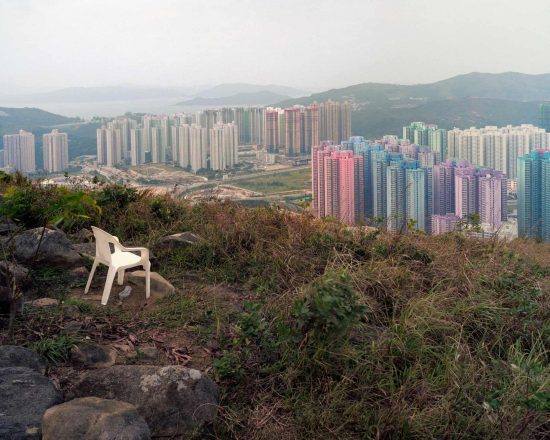
From The Guardian [>] “Hong Kong-based photographer Michael Wolf is best known for Architecture of Density, which shows the city’s tower blocks as dramatic geometric abstractions, and Tokyo Compression, which captures rush hour on the Japanese capital’s subway. He died this week aged 64″
Assorted Links
Bill Shorten’s $50m MONA gamble to ‘back in the future of Tasmanian tourism’, [>] but will it pay off?
Anjelica Mesiti gets [>] the full profile in The Saturday Paper as the Venice Biennale is about to open…
Speaking of which, here’s Frieze’s Guide to Venice [>] What To See at This Year’s Biennale
You know that story we mentioned a few weeks ago about how Duchamp didn’t invent the readymade? And how it’ll be an evergreen art news story? [>] Well…
Tom Polo to give [>] guided tour and talk on his debut show at Roslyn Oxley tomorrow…
The Steven Bradbury effect is [>] being turned into a movie.
[>] Fed Square review challenges how we value public space
That guy who scavenged Richter drawings from the artist’s garbage, and then tried to sell them at auction, [>] has been found guilty of theft…
[>] What Does a Fantasy Map Look Like?
Museum treasures go gothic [>] in exhibition from Angela Casey
[>] Brad Pitt hails Peter Zumthor as “master of light and shadow” as LACMA gets approved
The incredible story of a woman who videotaped TV [>] for more than thirty years creating a unique record of broadcast television
And finally…
Via [>] @41Strange, Japanese mascots not fitting through doors…
